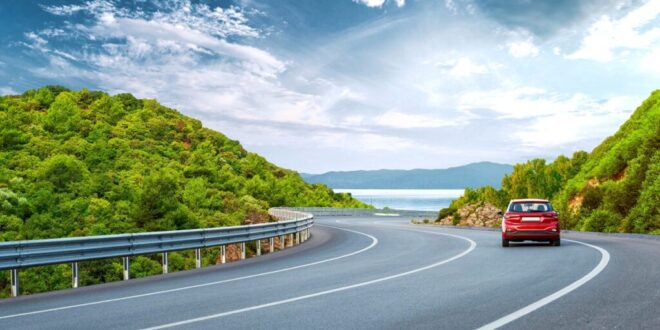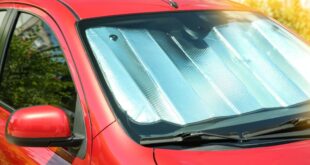If you’re planning a summer road trip across Europe, it is important to know the rules of the road before you start driving.
Credit : ozkan ulucam, Shutterstock
There’s nothing quite like the thrill of loading up your car, rolling down the windows and heading off for a summer road trip—maybe through the lavender fields of Provence, over the border into Spain for some tapas, or into Italy for pizza with a view.
If you plan to drive into Spain, Italy, or Germany from France this summer, do not be fooled. There’s more involved than simply remembering to bring your passport and where to store the snacks for the motorway.
Italy: Tunnels, tires, and unexpected fines
Let’s first talk about Italy. You may think that all you need to get started is a gas tank and a craving for pasta. Italian driving law can be confusing. It’s easy to ruin a vacation by not knowing the rules about tyres. In the mountains, you’re expected to use winter tyres when it’s cold—but here’s the real kicker: if you forget to switch them back to summer tyres when the sun comes out, you could be slapped with a fine that’s enough to make you choke on your gelato. We’re talking up to €1,700! You read it right. It’s not your fault that you have the wrong rubber.
And don’t even think about heading through the Mont Blanc tunnel this year without double-checking if it’s open—there are closures planned, and you don’t want to be the family stuck on the wrong side of the Alps.
Another classic Italian quirk. If you’re carrying bikes on the back, you need a big, red-and-white striped reflective board—even if there aren’t any bikes on it at the time. If you don’t, you might find yourself in the police station sooner than you thought.
Spain: Island limits and flashing lights
Next stop, Spain. If you break down in the next couple of years, you’ll still need those trusty old warning triangles in your boot, but come January 2026, the rules change for Spanish-registered cars—everyone will need a little flashing beacon on the roof instead. It’s meant to keep people safe, but if you’re in a hire car, don’t assume it’s sorted; check for the beacon before you leave the lot or you could find yourself €200 lighter.
Because nothing is simple, bike racks in Spain require a special sticker. You’ll also need a permit if you plan to go clubbing with your car in Ibiza. No permit, no party—they’re strict on numbers these days.
You might also notice new road markings or warning signs as Spain updates its roads—when in doubt, slow down and play it safe. You don’t want to be a local legend by driving in the wrong direction down a Spanish road!
Germany: Kits, stickers and efficiency overload
Germany. The Germans are always prepared. All cars, including those of visitors, are required to have hi-vis vests (one on each seat!)A warning triangle and a first-aid kit are required in every car, even visitors. And if you’re heading into one of the bigger cities, you’ll need to sort out an Umweltplakette—an environmental sticker—before you cross the city limits. This is similar to France’s Crit’Air stickers, but the fines won’t be worth it.
It’s happened to me that friends have been pulled over because they missed this small detail. They turned a sightseeing trip into an unexpected chat with the police.
Real-World Road trip Wisdom
Honestly, European driving rules aren’t just made to make life hard for tourists—they’re about keeping everyone safe. Nobody wants to remember their holiday with a surprise fine, or a Google search in an motorway service station.
It is important to prepare yourself before your trip. You have to make a checklist the week before your trip—tyres, paperwork, stickers, safety gear, the lot. This will save you from having to rush around in the last minute or, worse, finding out that you have forgotten something after crossing the border.
Here’s an idea from my own experience: Keep all your documents in plastic folders in your glovebox. You never know if you will need to present your insurance policy or the bike rack sticker.
If you do get stopped, don’t panic. Most European police are friendly enough if you’re polite and try your best in their language—or just switch to English with a smile.
Adventure awaits – just check the rules!
This summer, Europe’s roads will be calling you. Whether you’re headed to the Spanish coast, an Italian winery, or a German Beer Garden, a little preparation goes a very long way. It’s not about making things complicated—it’s about keeping your adventure hassle-free.
Then fill up the gas tank, double check all the rules, and enjoy the experience of seeing the continent. If you do it right, you will only have stories to tell about the breathtaking views and not the border patrol encounters.
Happy road trips and safe travels!
 Costa News Spain Breaking News | English News in Spain.
Costa News Spain Breaking News | English News in Spain.





